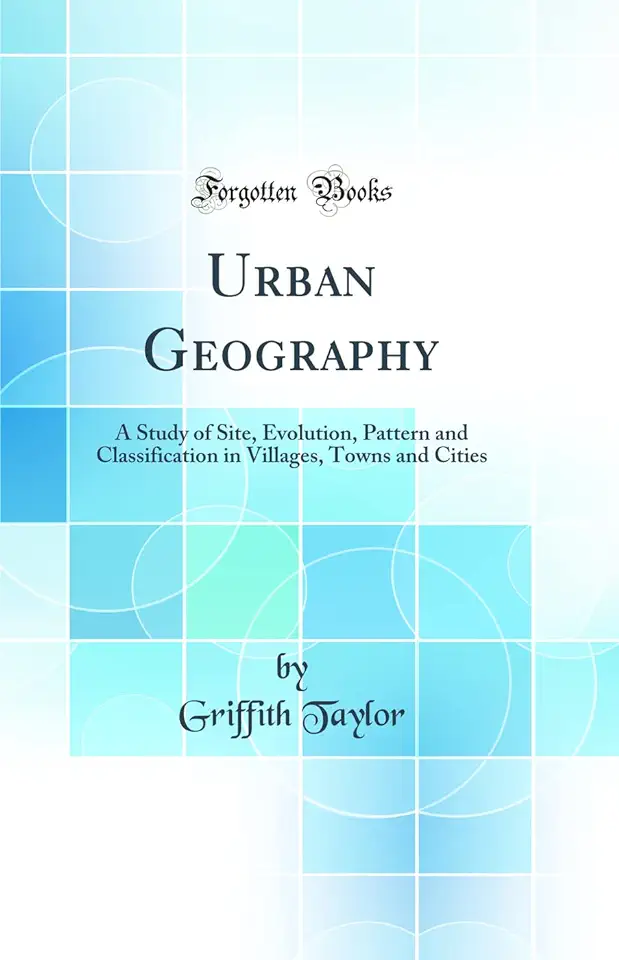
Urban Geography - Griffith Taylor
Urban Geography: A Study of the Distribution and Functions of Cities
Introduction
In his seminal work, "Urban Geography", Griffith Taylor provides a comprehensive analysis of the distribution and functions of cities. Taylor argues that cities are not simply random agglomerations of people, but rather are the result of complex social, economic, and environmental factors. He examines the location of cities, their size and shape, and their internal structure, and he explores the role that cities play in the wider economy.
The Distribution of Cities
Taylor begins by examining the distribution of cities around the world. He finds that cities are not evenly distributed, but rather are concentrated in certain regions. He identifies a number of factors that influence the location of cities, including climate, topography, and the availability of resources. He also discusses the role that historical factors have played in shaping the distribution of cities.
The Size and Shape of Cities
Taylor then turns his attention to the size and shape of cities. He finds that cities vary greatly in size, from small towns to sprawling metropolises. He also finds that cities have a variety of shapes, including circular, rectangular, and irregular. Taylor argues that the size and shape of a city are influenced by a number of factors, including the physical environment, the economic base, and the transportation system.
The Internal Structure of Cities
Taylor also examines the internal structure of cities. He finds that cities are typically divided into a number of zones, each with its own distinct function. He identifies four main zones: the central business district, the inner city, the suburbs, and the rural-urban fringe. Taylor argues that the internal structure of a city is influenced by a number of factors, including the city's history, its economic base, and its transportation system.
The Role of Cities in the Wider Economy
Taylor concludes by examining the role that cities play in the wider economy. He finds that cities are the engines of economic growth. They are the centers of innovation, and they provide a market for goods and services. Taylor argues that cities are essential for the economic prosperity of a country.
Conclusion
"Urban Geography" is a classic work of geography that provides a comprehensive analysis of the distribution and functions of cities. Taylor's insights are still relevant today, and his book is a must-read for anyone interested in understanding the role that cities play in the world.
Why You Should Buy This Book
If you are interested in learning more about cities, then "Urban Geography" is the book for you. Taylor provides a wealth of information about the distribution, size, shape, and internal structure of cities. He also discusses the role that cities play in the wider economy. "Urban Geography" is a must-read for anyone interested in understanding the world around them.
Here are a few reasons why you should buy this book:
- It is a comprehensive analysis of the distribution and functions of cities.
- It is written by a leading expert in the field of urban geography.
- It is full of insights that are still relevant today.
- It is a must-read for anyone interested in understanding the world around them.
Don't miss out on this opportunity to learn more about cities. Order your copy of "Urban Geography" today!